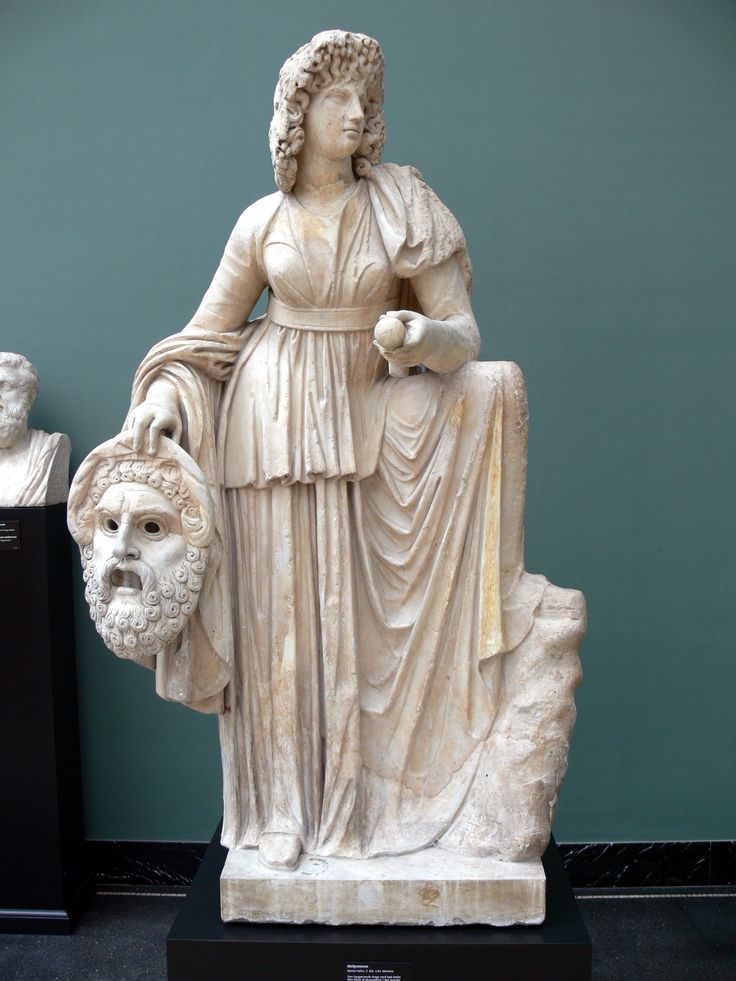

According to mythology, Aether also has a sister, called Hemera, who rules the time of the earthly days and light. Later, from Chaos, several deities were born, including the parents of Aether: the darkness and the night, the god Erebus and the goddess Nyx. This nothingness or void is called Chaos in Greek. These first gods are called “primordial gods,” because these first deities came from an empty space. Aether And The First GodsĪether is one of the very first gods of the Ancient Greek Mythology. They were a result of his coupling with wife and sister Hemera. Finally, some myths believe that Khronos was the father of Aether as well as all the other primordial gods.Īether’s most notable offspring were Thalassa, the primordial ocean goddess, and Gaia, the mother of the earth. Still other myths contend that he’s the son of Chaos alone, and that Aether is a part of her essence. In others, he’s considered to be the son of Erebos alone and have no mother. In some, he’s considered to be the son of Nyx and Erebos. She was considered to be the mother of the moon and sun as well as the Titaness who governed clear skies.ĭifferent sources have different myths regarding Aether’s parentage. All of these areas were Aether’s domain, while other parts of the Earth fell to Chaos.Īether did have a female counterpart, referred to as Aethra or Aithre in ancient Greek myths. Aether’s DomainĪether was thought to envelop the moon, sun, stars, clouds, and peaks of the mountains. The final air was governed by Erebos, and it was considered to be the mists that existed in the underworld. The air directly below him, dispersed over the Earth, was the domain of Chaos. He represented all of the air at the upper reaches of the Earth’s atmosphere. This means that all of the air between the sky and Earth’s air was considered to literally be Aether.Īether was one of three primordial air gods. Instead, Aether was considered to literally be that element. Gods of the sun were regarded differently from gods of the day.Īs a primordial god, Aether wasn’t depicted as a humanoid personification of an element. In the ancient Greek tradition, day and night were separate from the sun and the moon. Hemera was both Aether’s sister and his wife. In the morning, Hemera would disperse the mists of the night to reveal Aether’s blue ether again. This also blocked Aether’s domain from the reach of the ancient Greeks. At night, Nyx was drawing her veil across this dome to obscure the light. The ancient Greeks believed that the sky was a dome that encased the entirety of the Earth. Nyx, the goddess of night, was the mother of Aether. Air on the earth was governed by the primordial goddess Chaos, but all of the air above this was Aether’s domain. Aether’s mists were able to fill the space between the transparent mists on the ground and the solid dome that made up the sky. He was also the god of the sky, which the ancient Greeks considered to be “blue ether” that represented heaven. Aether, sometimes also spelled Aither, was a primordial god of light.


 0 kommentar(er)
0 kommentar(er)
